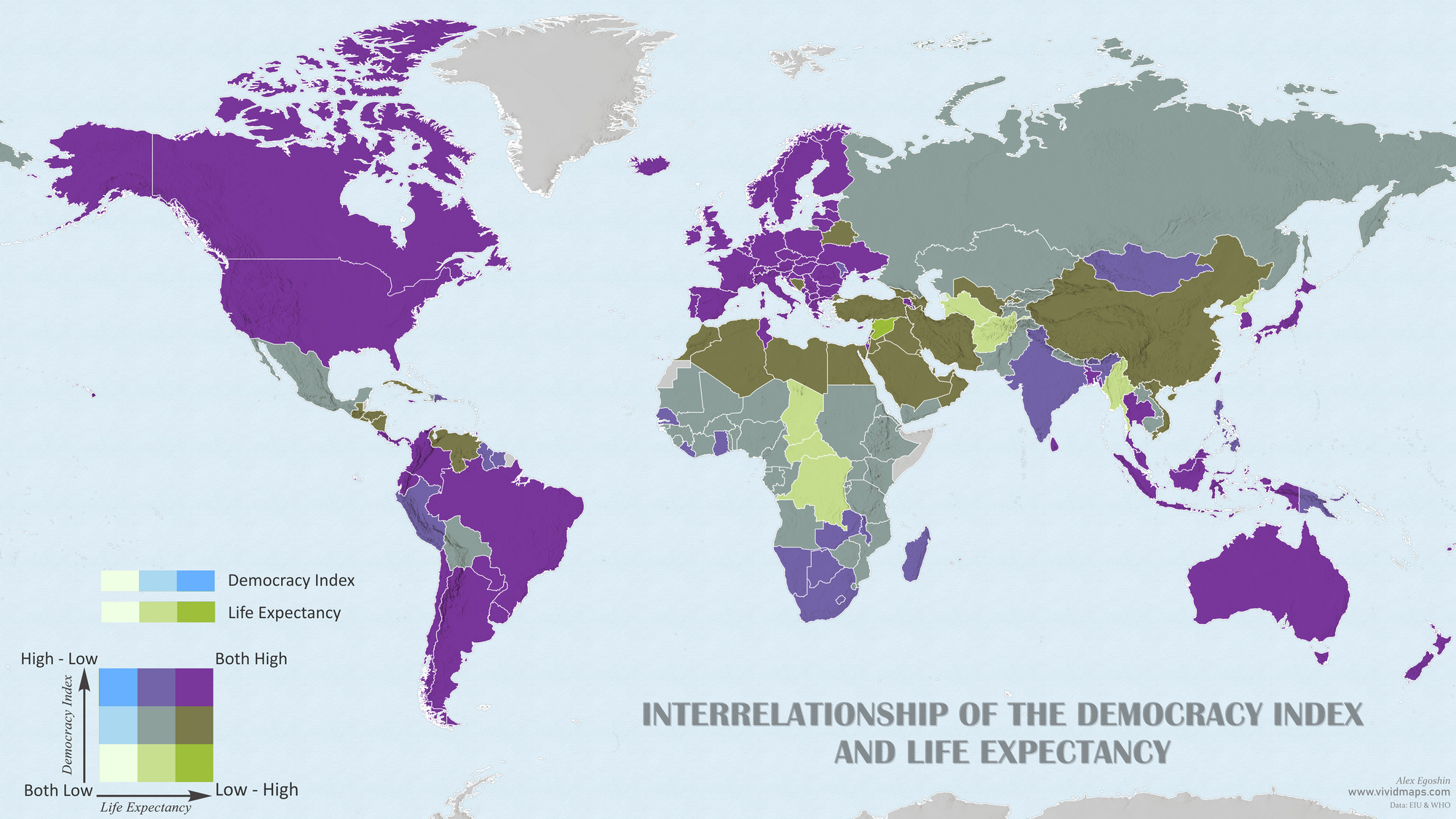Map of the Global Cities index
Global developments have had an increasing impact on contemporary cities, regions, and territories from societal, economic, and geographical perspectives. Since 1998 the impact of the world cities on globalization has been extensively studied by the Globalization and World Cities (GaWC) Research Network.
GaWC provides a geographic and economic-based overview of the world and its evolving configuration. Particularly relevant in this discourse is its categorization of world cities into α (β and γ tiers, based upon their international connectedness.
If the world is observed from the point of view of the connectivity of the world cities, a new image emerges, where each city is virtually oriented to other cities of the same level of inter*connectivity. National or continental maps give way to a new world configuration intended as an archipelago. Each city appears utterly separated from its geographical surroundings and closer to other cities of the same level. The leading parameters for the new configuration are based on mutual connections, primarily in the global economic system.
The atlas shows the world cities according to the GaWC categorization of 2010. A new configuration emerges, where expected national and local boundaries are presented in their real disposition based upon their international connectedness.









